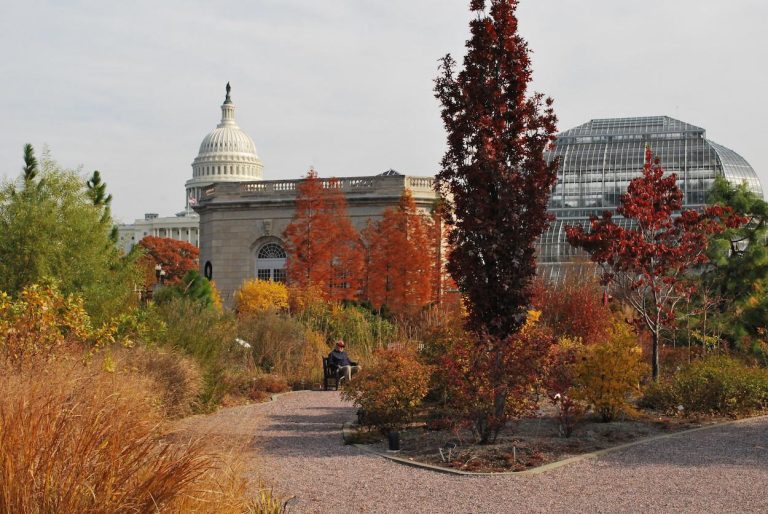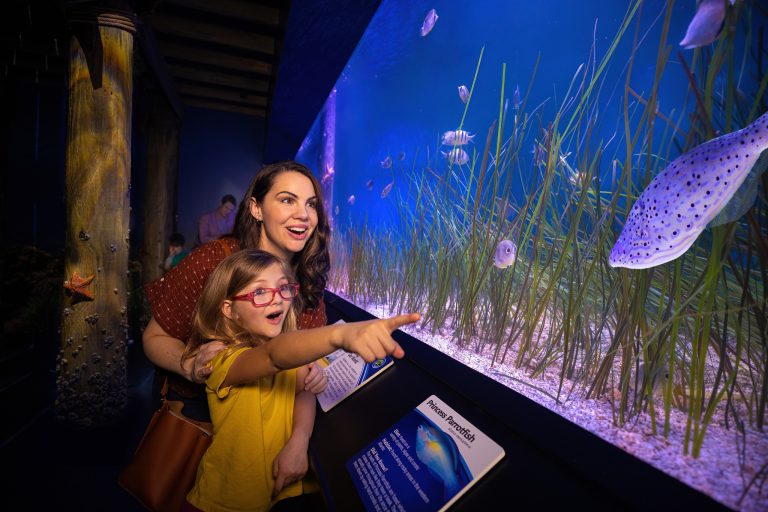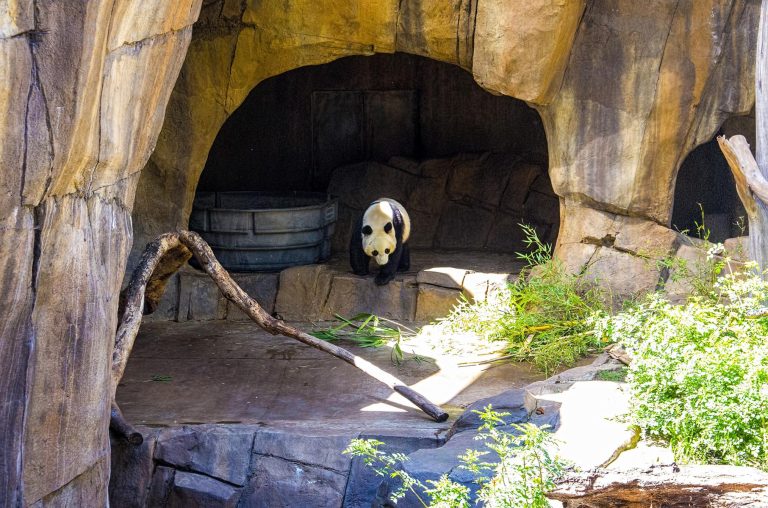United States Botanic Garden (USBG) is a vibrant living museum dedicated to the beauty, diversity, and importance of plants in our world. Established in 1820, it is one of the oldest botanic gardens in the United States and offers students an immersive experience in plant science, ecology, and conservation through its extensive collections of plants from around the globe.
Teachers planning a field trip to the USBG can expect their students to explore a variety of ecosystems within the garden’s conservatory, including the lush tropical rainforest, desert environments, and an array of native plants in the outdoor gardens. Students will have the opportunity to observe rare and endangered plants, learn about plant adaptations to different climates, and discover the essential role plants play in maintaining healthy ecosystems.
Educational programs align with curriculum standards in biology, environmental science, and ecology. The USBG offers guided tours, hands-on workshops, and interactive exhibits that focus on topics such as plant anatomy, photosynthesis, pollination, and the role of plants in global ecosystems. Students can participate in activities such as plant identification, exploring the connections between plants and people, and learning about sustainable gardening practices.
Teachers are provided with educational resources such as lesson plans, activity guides, and pre-visit materials to connect the botanic garden experience to classroom learning. Programs are designed to be flexible and can be adapted to suit different grade levels, offering engaging content for students from elementary to high school.
A field trip to the United States Botanic Garden offers students a rich and educational exploration of plant science, fostering an appreciation for the natural world and an understanding of the critical role plants play in supporting life on Earth.





